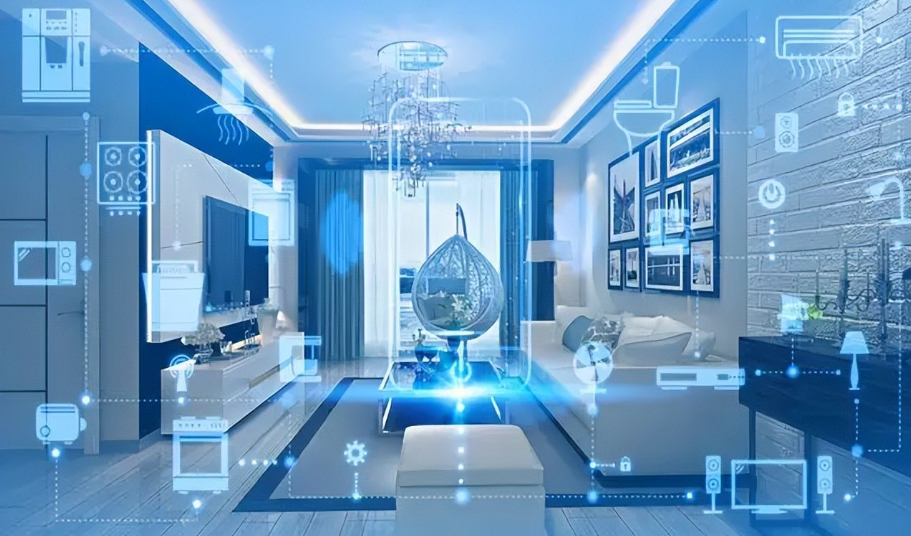
Smart home refers to a variety of devices and systems connected through smart technology and the Internet to improve the quality of life and convenience as the goal of home automation system. With the continuous development of science and technology and the popularity of smart devices, smart home has become a trend and development direction of modern families. In the smart home, non-inductive temperature control will become an important development direction.
Non-inductive temperature control refers to the accurate control and adjustment of indoor temperature through intelligent technology and equipment such as NE555N sensors. The traditional way of temperature control is often to control the indoor temperature by adjusting the temperature and wind speed of the air conditioner, but this way often causes the uneven temperature and uncomfortable feeling. Through intelligent technology and sensors, the temperature and humidity of the room can be sensed in real time, and the temperature and wind speed of the air conditioner can be automatically adjusted according to the needs and habits of the user, so that the temperature of the room is always maintained in a comfortable range, giving the user a more comfortable and non-inductive experience.
In the process of achieving non-inductive temperature control, smart homes need to rely on a range of technologies and devices. First, smart homes need to be equipped with a set of high-precision temperature and humidity sensors for real-time monitoring of indoor temperature and humidity. These sensors can be connected and data transmitted via wireless networks and smart home hubs. Secondly, smart homes need to have a certain amount of computing and learning ability, and can automatically adjust the temperature and wind speed of the air conditioner according to the needs and habits of users. This requires the smart home hub system to have strong computing power and intelligent algorithms, which can analyze and process sensor data, so as to achieve accurate temperature control. Finally, smart homes also need to have certain human-computer interaction capabilities, and can adjust and optimize temperature control according to the user's instructions and feedback. This can be done through a touch screen on a smart home device, voice recognition or a mobile App.
Non-inductive temperature control can not only improve indoor comfort, but also save energy and reduce carbon emissions. The traditional method of temperature control is often to control the indoor temperature by adjusting the temperature and wind speed of the air conditioner, but this method often causes the waste of energy and the increase of carbon emissions. Through intelligent technology and sensors, the temperature and humidity of the room can be sensed in real time, and according to the needs and habits of the user, the temperature and wind speed of the air conditioner can be automatically adjusted to achieve comfortable temperature and energy saving purposes. According to statistics, non-inductive temperature control can reduce energy consumption by 10-30%, while reducing carbon emissions.
In addition, non-inductive temperature control can also be linked with other smart devices and systems to achieve a more intelligent home experience. For example, smart homes can automatically adjust the opening and closing degree of curtains through a non-inductive temperature control system to achieve indoor light and temperature control. Smart homes can also be combined with smart lighting systems to automatically adjust the brightness and color temperature of the lights according to the indoor light and temperature conditions, so as to achieve more comfortable and energy-saving lighting effects. Smart home can also be combined with intelligent security system, through the non-inductive temperature control system real-time perception of indoor temperature and humidity, so as to determine whether there is a fire risk, and timely alarm and take appropriate measures.
However, to achieve non-inductive temperature control, there are still some challenges and problems. First of all, smart homes need to have high-precision temperature and humidity sensors, which has high requirements for sensor manufacturing and technology. Secondly, the smart home central system needs to have strong computing and learning capabilities, be able to analyze and process sensor data, and adjust and optimize temperature control according to the needs and habits of users. Finally, smart homes also need to be compatible and integrated with existing air conditioning equipment and systems to achieve non-inductive temperature control.
To sum up, smart homes will enter the era of non-inductive temperature control, through intelligent technology and sensors and other devices, to achieve accurate control and regulation of indoor temperature. Non-inductive temperature control can not only improve indoor comfort, but also save energy and reduce carbon emissions. However, to achieve non-inductive temperature control, there are still some technical difficulties and challenges to overcome. It is believed that with the continuous development of science and technology and the further popularization of smart devices, non-inductive temperature control will become an important development direction of smart home, bringing more comfortable and convenient living experience to people.
The Products You May Be Interested In
 |
TPCM-2.4-5 | CMC 2.41MH 5A 2LN TH | 383 More on Order |
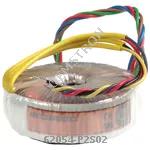 |
62054-P2S02 | XFRMR TOROIDAL 15VA CHAS MOUNT | 107 More on Order |
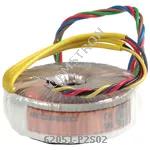 |
62051-P2S02 | XFRMR TOROIDAL 15VA CHAS MOUNT | 184 More on Order |
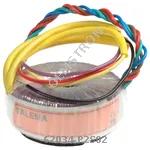 |
62034-P2S02 | XFRMR TOROIDAL 7VA CHAS MOUNT | 441 More on Order |
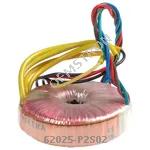 |
62025-P2S02 | XFRMR TOROIDAL 5VA CHAS MOUNT | 218 More on Order |
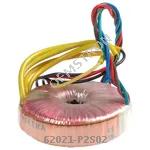 |
62021-P2S02 | XFRMR TOROIDAL 5VA CHAS MOUNT | 281 More on Order |
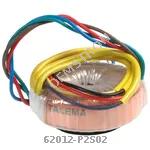 |
62012-P2S02 | XFRMR TOROIDAL 3.2VA CHAS MOUNT | 178 More on Order |
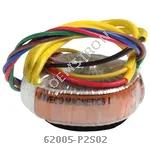 |
62005-P2S02 | XFRMR TOROIDAL 1.6VA CHAS MOUNT | 426 More on Order |
 |
70072K | XFRMR TOROIDAL 35VA THRU HOLE | 313 More on Order |
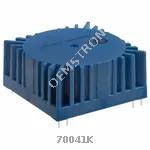 |
70041K | XFRMR TOROIDAL 10VA THRU HOLE | 157 More on Order |
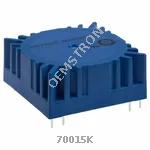 |
70015K | XFRMR TOROIDAL 3.2VA THRU HOLE | 421 More on Order |
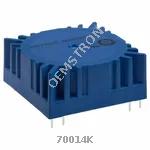 |
70014K | XFRMR TOROIDAL 3.2VA THRU HOLE | 309 More on Order |
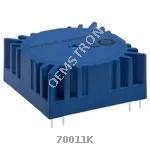 |
70011K | XFRMR TOROIDAL 3.2VA THRU HOLE | 420 More on Order |
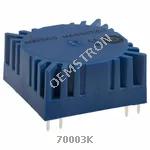 |
70003K | XFRMR TOROIDAL 1.6VA THRU HOLE | 140 More on Order |
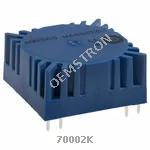 |
70002K | XFRMR TOROIDAL 1.6VA THRU HOLE | 280 More on Order |
 |
62015-P2S02 | XFRMR TOROIDAL 3.2VA CHAS MOUNT | 210 More on Order |
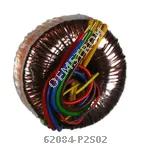 |
62084-P2S02 | XFRMR TOROIDAL 50VA CHAS MOUNT | 607 More on Order |
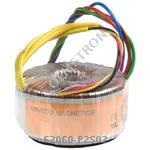 |
62060-P2S02 | XFRMR TOROIDAL 25VA CHAS MOUNT | 3963 More on Order |
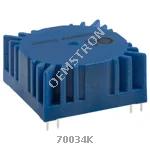 |
70034K | XFRMR TOROIDAL 7VA THRU HOLE | 674 More on Order |
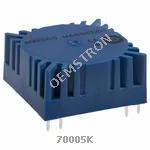 |
70005K | XFRMR TOROIDAL 1.6VA THRU HOLE | 401 More on Order |
 |
AC1200 | CURR SENSE XFMR 200A T/H | 119 More on Order |
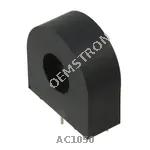 |
AC1050 | CURR SENSE XFMR 50A T/H | 409 More on Order |
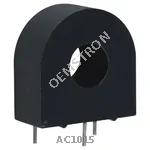 |
AC1015 | CURR SENSE XFMR 15A T/H | 287 More on Order |
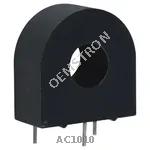 |
AC1010 | CURR SENSE XFMR 10A T/H | 254 More on Order |

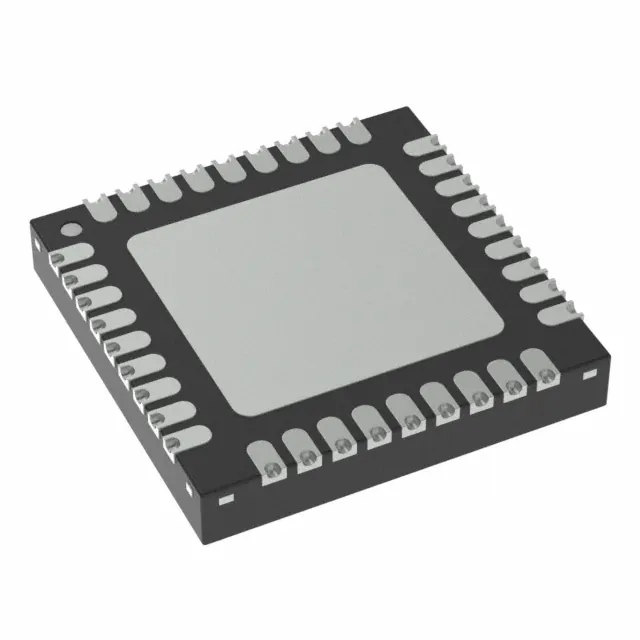 Semiconductors
Semiconductors









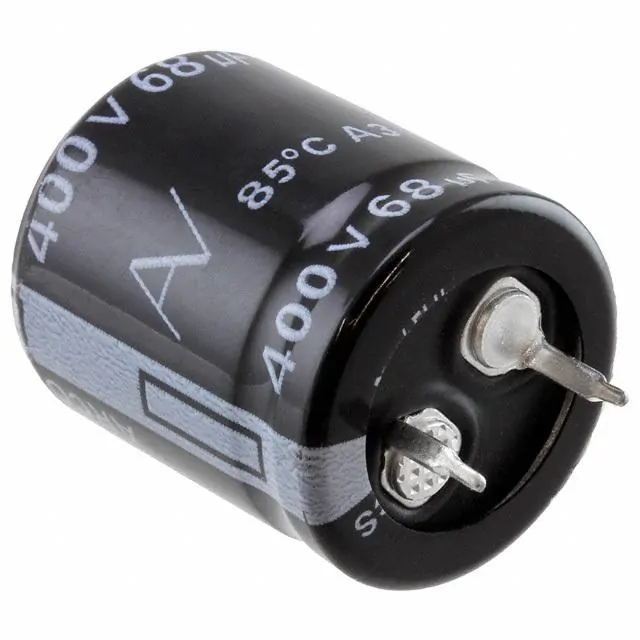 Passive Components
Passive Components









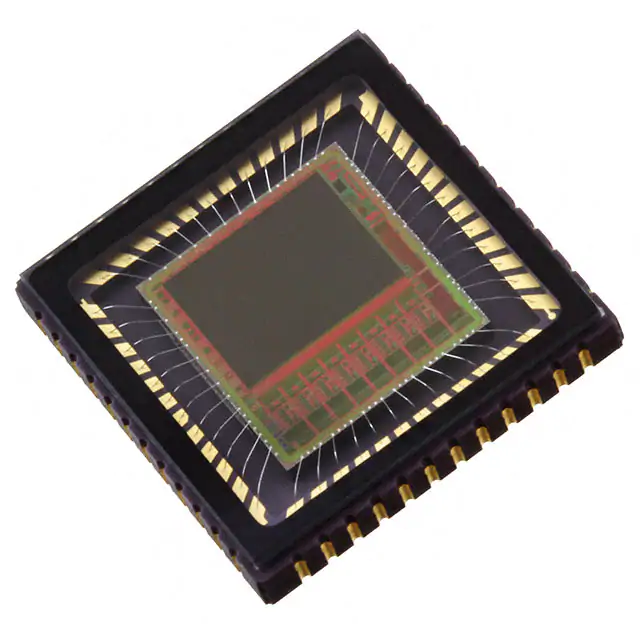 Sensors
Sensors








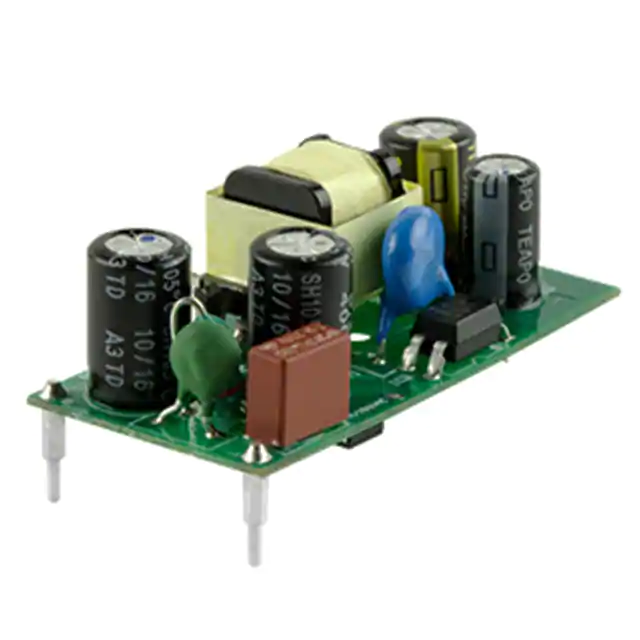 Power
Power









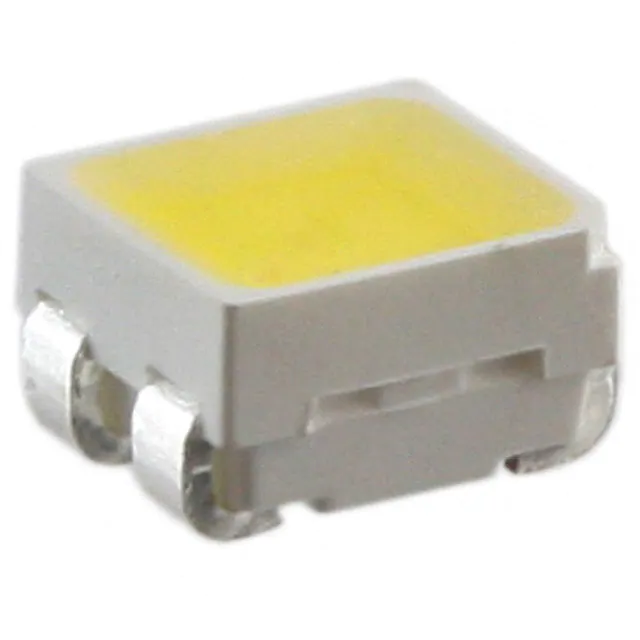 Optoelectronics
Optoelectronics








